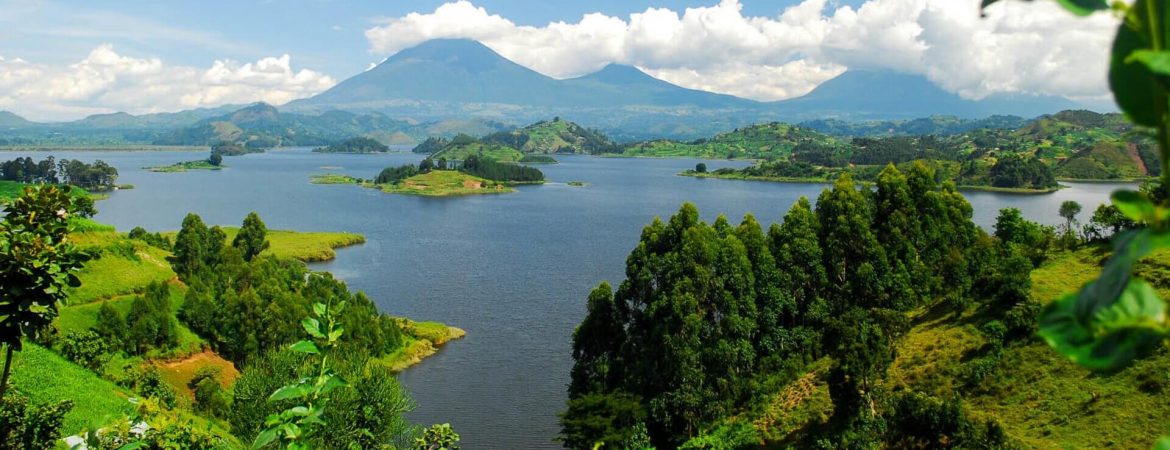Lake Mburo is located in Nyabushozi County, Kiruhura District near Mbarara in Uganda. It’s 240 km from the capital city Kampala which is approximately a 6 hour drive. It’s 30 km from the Mbarara town the biggest town in western Uganda. Lake Mburo is strategically located because it’s the first game park one comes across from the Entebbe International Airport which is almost 300 km away.

Lake Mburo is a habitat to very many wildlife including hippopotamus, warthog, common eland, and over 300 bird species. Predators around include lion, leopards, hyenas, genets, civets, jackals and serval cats, among others.
Lake Mburo National Park is located conveniently close to the highway that connects Kampala to the parks of western Uganda. It is the smallest of Uganda’s savannah national parks and underlain by ancient Precambrian metamorphic rocks which date back more than 500 million years. It is home to 350 bird species as well as zebra, impala, eland, buffalo, oribi, Defassa waterbuck, leopard, hippo, hyena, topi and reedbuck.

Together with 13 other lakes in the area, Lake Mburo forms part of a 50km-long wetland system linked by a swamp. Five of these lakes lie within the park’s borders. Once covered by open savanna, Lake Mburo National Park now contains much woodland as there are no elephants to tame the vegetation. In the western part of the park, the savanna is interspersed with rocky ridges and forested gorges while patches of papyrus swamp and narrow bands of lush riparian woodland line many lakes.
Interesting facts about the lake
The lake and parks precarious past has seen wildlife virtually eliminated several times: firstly in various attempts to rid the region of tsetse flies, then to make way for ranches, and finally as a result of subsistence poaching.
20% of the park’s entrance fee is used to fund local community projects such as building clinics and schools.
Very many years after the Lakes and Hills were formed, there were communities of people that started to live in the surrounding areas. These people were not fishermen as one would expect. They were Cattle Keepers who roamed the area in search of food and water for their cows. Because of the aggressive nature of most of these various neighbors, conflicts and wars started to emerge. Most of these conflicts centered around battle for Cows and grazing land. Communities continually wiped out each other and the few who remained decided to move from the land to find safer and less populated places to graze their cows. This was around the time a TseTse fly infestation attacked the area, driving people out in large numbers. Eventually, wildlife began to appear in the area, most of it having migrated form various areas in search of food, water and land for breeding.

The present day lake Mburo National Park is named after a story of 2 brothers that lived in this area many years ago. These brothers Kigarama and Mburo depended mainly on tha Cattle keeping which was carried out in the nearby hills of the lake. One day however, Kigarama had a dream about a hint flood that submerged the area and buried all the property they had destroying the entire area.
The following day, he decided to tell his brother to flee because of the dream and avoid the impending disaster. Mburo ignored the advice as his brother fled to the nearby hills one of which came to be known as Kigarama Hill to this day. Unfortunately, the dream came to pass and the valley was filled with water that took all Mburos property with it and unluckily his life too.
Today the lake is called Lake Mburo due to this story that has lived on to this day.


